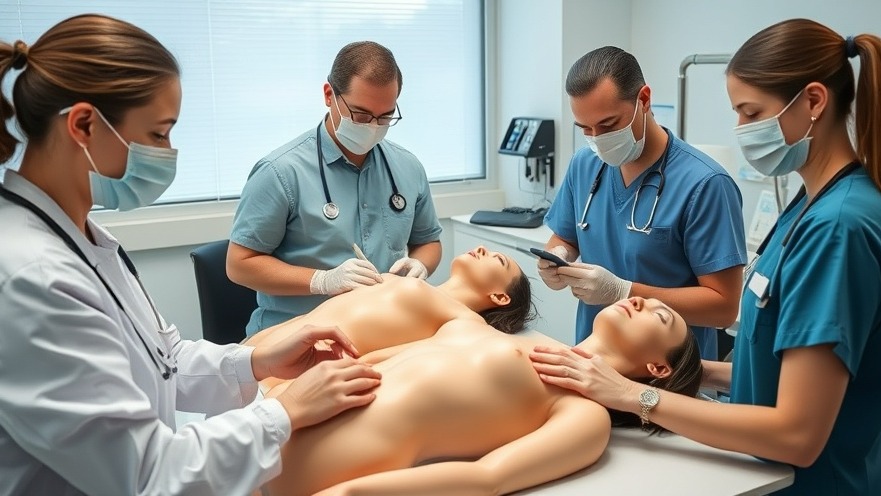
Revolutionizing Medical Training with Advanced Silicone Models
In a groundbreaking development from ETH Zurich’s spin-off, Swiss Vascular, an anatomically precise silicone model of cerebral vasculature offers a new dawn for medical training and research. This innovative model, which mirrors the blood vessels in the human brain, aims to drastically cut down animal experimentation and provide healthcare professionals with a realistic training environment for complex medical procedures.
From Microcapsules to Lifelike Simulation
The journey began with the development of microcapsules—tiny magnetic carriers aimed at delivering medication to specific sites in the body. Researchers quickly realized that understanding how to navigate these capsules through the intricate vascular system was not something that could be achieved in the usual animal testing settings. As Fabian Landers and Pascal Theiler, both doctoral students at ETH Zurich, reflected, practicing on 3D printed vascular models became critical to their success in planned animal experiments, transforming their approaches and outcomes.
Addressing Ethical Concerns in Medical Research
The ongoing ethical dilemma surrounding animal experimentation in medical research is particularly relevant in Switzerland, where such practices are commonplace. With Swiss Vascular's models, medical training can proceed with far less reliance on animal testing, thereby leading to both ethical and practical advancements. This shift not only minimizes harm to animals but also enhances the learning curve for medical professionals.
The Scientific Breakthrough of Silicone Models
The silicone models created by Swiss Vascular stand out due to their sophisticated synthetic materials which closely mimic the elasticity of the real tissue. Their transparency allows for clear visibility of instruments and vascular paths during mock procedures, enabling doctors to practice with a level of realism previously unattainable. This innovative approach marks a significant enhancement in training for urgent scenarios, particularly in stroke management where every second is critical.
Real-world Application: Bridging Training and Practice
Considering these advancements, one can envision clinics and hospitals using these silicone models extensively to ensure that procedures are executed with confidence and precision. The models are derived from actual MRI and CT scans, which equip practitioners with the valuable insights necessary to understand the precise anatomy and possible complications they might face during surgical procedures.
Anticipating the Future of Medical Training
As we move forward, the implications of such technologies are vast. With further enhancements and a broader availability of these silicone models, medical professionals could see a pronounced reduction in learning curves associated with intricate surgical methods. Moreover, this provides a fertile ground for ongoing research into numerous therapies, effectively changing the landscape of medical education as we know it.
Potential Challenges Ahead
However, adopting these advanced training methods does not come without challenges. The integration of silicone models into existing curricula must be well-planned, requiring some institutions to reassess their training protocols and resources. Moreover, there's a need for robust data to support the efficacy of these models in producing competent practitioners who are able to thrive in real-life medical situations.
Closing Thoughts: Why This Matters to Health Practitioners
The introduction of Swiss Vascular's silicone models into medical training is a promising evolution that not only addresses ethical concerns but also propels healthcare education into the future. For concierge health practitioners, staying informed about such advancements ensures that they remain at the forefront of patient care technologies. The surge of realistic training models offers the potential to enhance the skill set of medical professionals significantly, ultimately improving patient outcomes.
As health practitioners keen on utilizing cutting-edge technology to improve patient care experiences, now is the time to engage with these innovations. Consider advocating for the adoption of these silicone models in your practice and stay ahead in the rapidly evolving landscape of healthcare technology.
 Add Row
Add Row  Add
Add 






Write A Comment